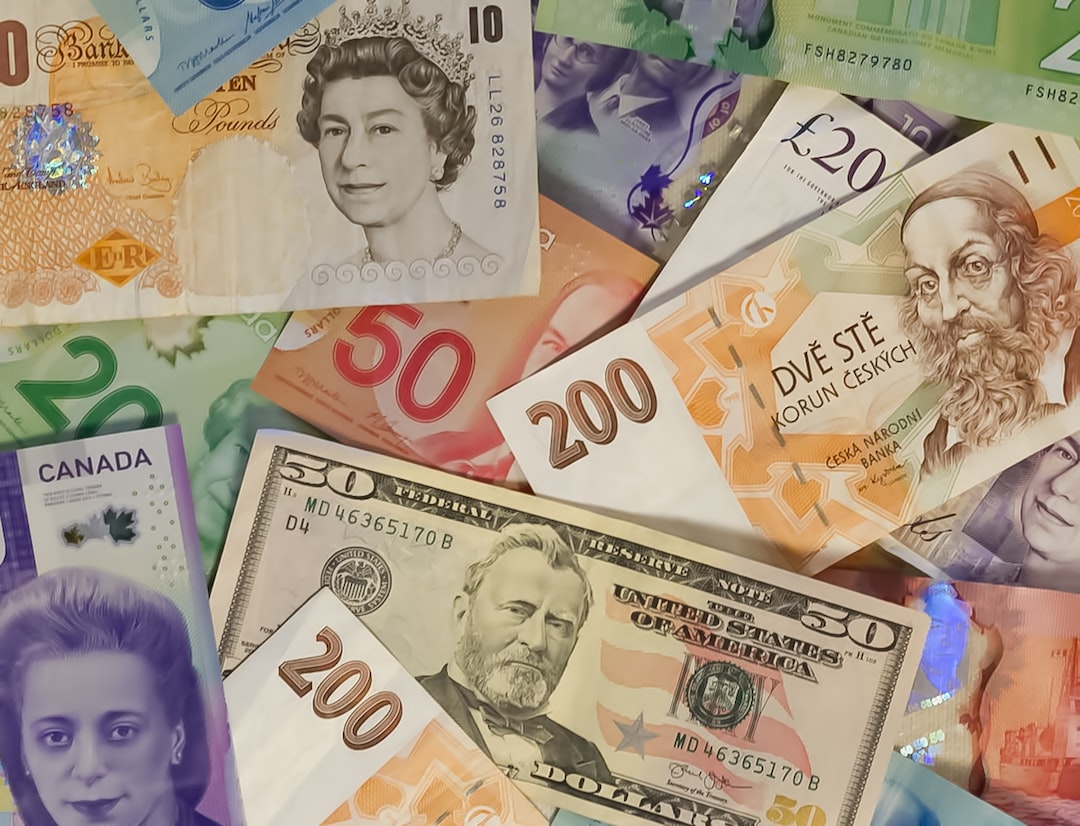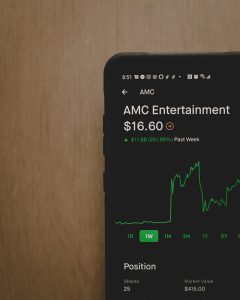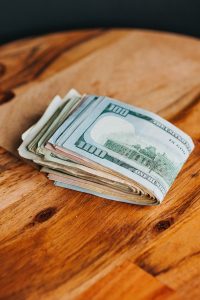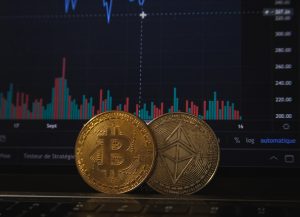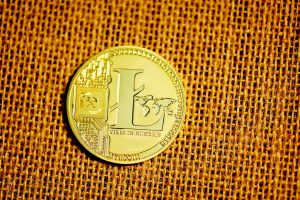Forex trading is a popular investment avenue for many traders worldwide. It involves buying and selling currency pairs to make profits from the fluctuations in the exchange rates. However, the forex market is unpredictable, and traders need to use various tools and metrics to make informed decisions. One such tool is the mark price. In this article, we will explain what the mark price is and how it works in forex trading.
What is the mark price?
The mark price is the current market price of an asset, as quoted by the exchange. It is also known as the fair value or theoretical price. The mark price is determined by the exchange based on the supply and demand of the asset at any given time. It is the reference price that traders use to calculate the profit and loss on their positions.
In the forex market, the mark price is usually the mid-price or the average of the bid and ask prices. The bid price is the highest price that a buyer is willing to pay for a currency pair, while the ask price is the lowest price that a seller is willing to accept. The mid-price is the average of these two prices and represents the current market value of the currency pair.
How does the mark price work in forex trading?
The mark price is an essential metric in forex trading as it helps traders determine the profit or loss on their positions. Traders use the mark price to calculate the margin required to open a position, the value of their trades, and the profit or loss on their positions.
For example, suppose a trader buys 1 lot of EUR/USD at a mark price of 1.2000. The lot size is 100,000 units of the base currency (EUR), and the leverage is 1:100. The required margin for this trade is 1% of the total value of the trade, which is $1,200. If the mark price of EUR/USD increases to 1.2100, the trader can close the position and make a profit of $1,000 (100 pips x $10 per pip). However, if the mark price decreases to 1.1900, the trader incurs a loss of $1,000.
The mark price is also used to calculate the value of swaps or rollover fees, which are charges paid or received by traders for holding positions overnight. The swap rate is based on the difference between the interest rates of the currencies in the pair and is calculated using the mark price.
For instance, if a trader buys 1 lot of AUD/JPY and holds the position overnight, they will have to pay or receive a swap fee, depending on the interest rate differential between the AUD and JPY. The swap fee is calculated using the mark price of the currency pair.
In addition, the mark price is used to determine the profit or loss on hedging positions. Hedging is a risk management strategy that involves opening a position to offset the risk of another position. Traders use the mark price to calculate the profit or loss on their hedging positions and adjust their trading strategies accordingly.
Conclusion
The mark price is an essential metric in forex trading, as it represents the current market value of a currency pair. Traders use the mark price to calculate the margin required to open a position, the value of their trades, and the profit or loss on their positions. It is also used to calculate the value of swaps or rollover fees and to determine the profit or loss on hedging positions. Understanding the mark price is crucial for forex traders to make informed decisions and manage their risks effectively.

